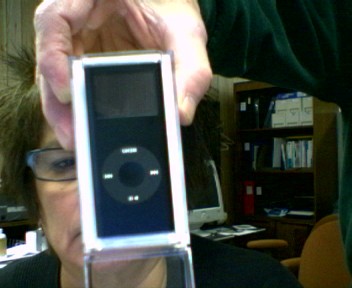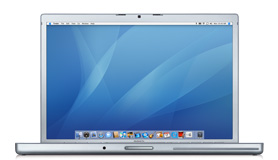Wired published an article about Pluggd, a company that is developing new technology to search the internet, and we’re not just talking about text anymore.
Pluggd has found a way to index podcasts, talk shows and other spoken-word content. The company’s service then allows users to search the audio files for specific words.
You can try Pluggd’s word-searching demo yourself right now. Enter your search term and you’ll see mentions of your word highlighted in various colors — heatmap-style — on a timeline of the show. The redder “hot spot” areas represent denser clusters of your search term, and clicking on one will cause the player to jump straight to the discussion about your desired topic.
Rather than just reading a transcript of a conversation, you can search for a term and hear it spoken in context by the original speaker in seconds. The ramifications for podcasting and more traditional spoken-audio formats are significant, and that’s just for starters. [wired]
If they get this right, the podcasting medium stands to take a huge boost. Take a look at the demo. It gives a nice preview of the service that they are working on. I’m still picking my jaw up off the floor a little bit.
Additionally, Digg did a design overhaul to their site plus some other goodies. They’ve added support for podcasting. That basically means that the same way that you can Digg a news story or blog post, you can Digg a single episode to share with others. I’m not too sure how it works from the podcasters end, but please feel free to Digg any of the RadioZoom or The Crazy Canucks episodes. 🙂




